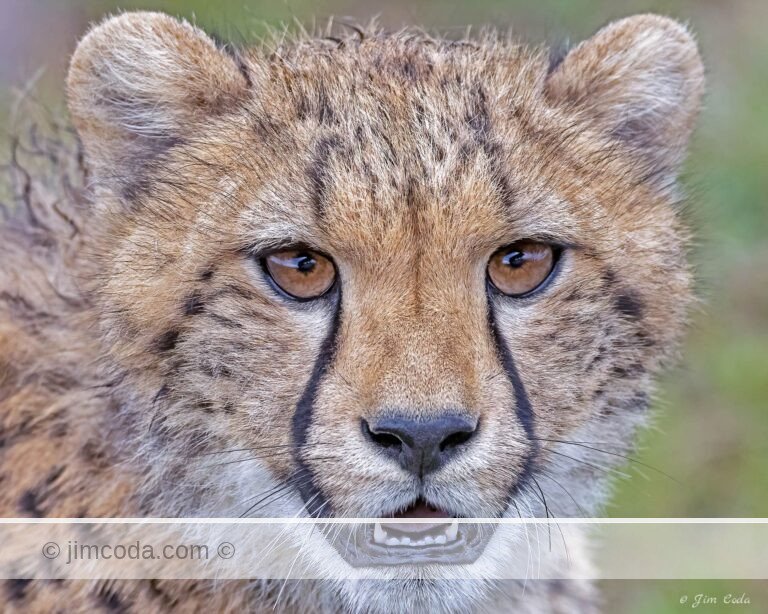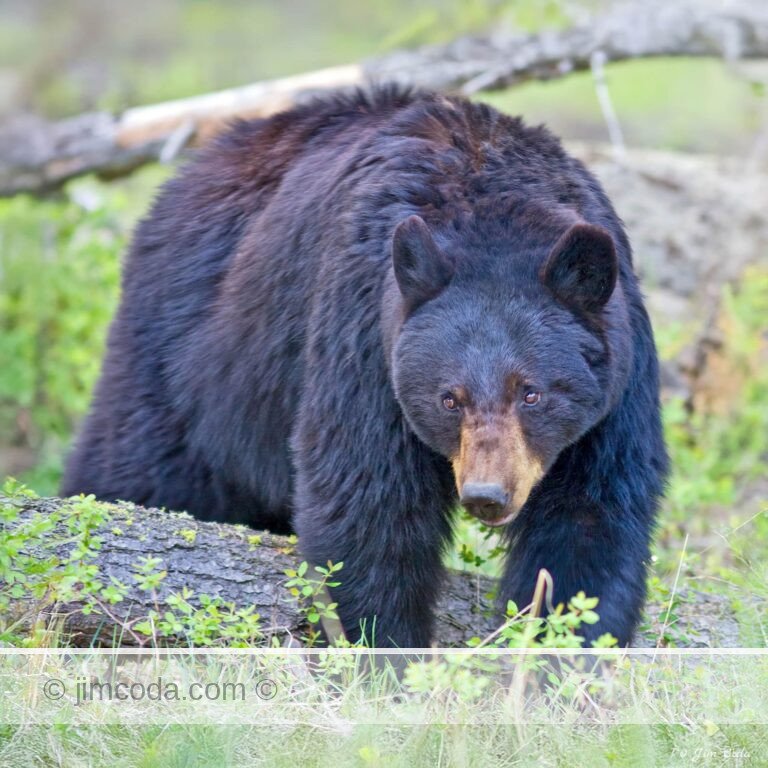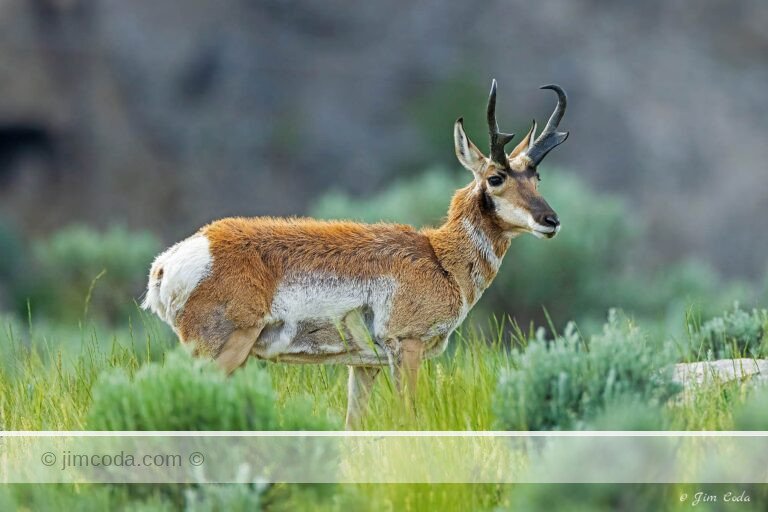Tag: bull tule elk photo
Bull Elk Exhibiting Hair Loss
I was at Point Reyes yesterday afternoon. It was my first time out there...
Bull Tule Elk
The day I photographed the peregrine (my last post) I also saw this big 7×8 point...
Injured Bull Tule Elk, Point Reyes National Seashore
I wrote this post at the same time as the previous...
Tule Elk Bull, Limantour Herd; Point Reyes National Seashore
This 7-point bull is the largest I’ve...
No articles found
Prints for sale
Browse my selection of photos for sale as fine art prints
Filter by category
Sorry, no prints in this category









